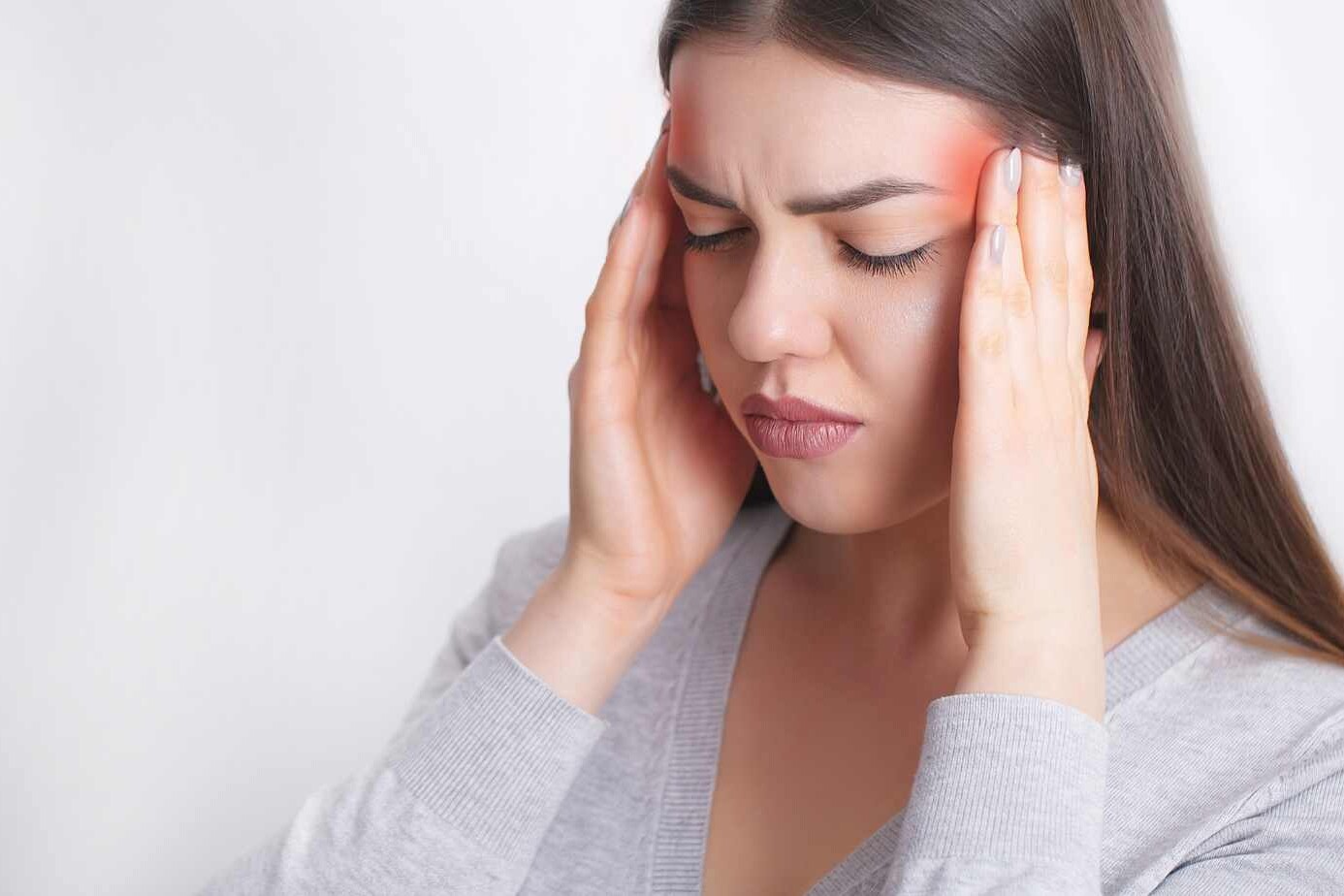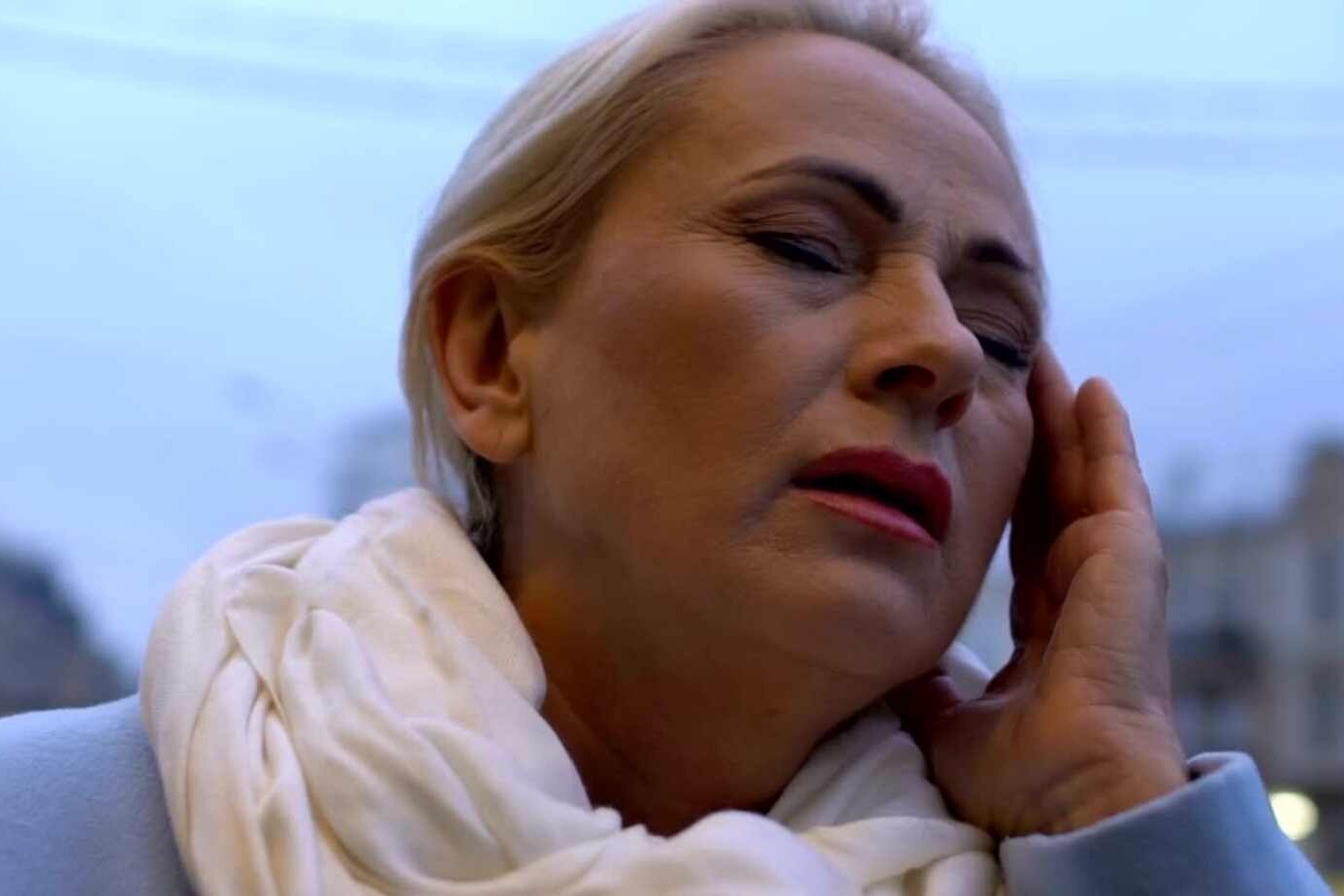Basilar type migraine, also known as migraine with brainstem aura, is a rare subtype of migraine with aura that presents with symptoms originating from the brainstem or both cerebral hemispheres. It is characterized by specific brainstem symptoms such as vertigo, dysarthria, diplopia, and ataxia.
In this blog, we will explain everything you need to know about basilar type migraine diagnostic criteria, including what they are, how doctors diagnose them, and what you can do if you or your child is showing symptoms. Whether you’re a concerned parent, a curious patient, or someone battling this condition daily, you’ll find answers here.
Key Takeaways:
- Basilar type migraine is a rare and specific subtype of migraine with aura.
- It presents with brainstem symptoms such as vertigo, dysarthria, diplopia, and ataxia.
- The exact cause of basilar type migraine diagnostic criteria is not known, but triggers and genetic factors may play a role.
- Diagnosis of basilar type migraine is based on specific criteria outlined in the International Classification of Headache Disorders.
- Treatment options include acute symptom relief and preventative measures, such as identifying triggers and using medications.
Table of Contents
ToggleWhat is Basilar Type Migraine?
Basilar-type migraine (also called brainstem migraine or migraine with brainstem aura) is a rare form of migraine. Unlike typical migraines, this one starts in the back of the brain, in the brainstem or cerebellum. It causes symptoms like double vision, unsteady balance, ringing in the ears, and even brief loss of consciousness.
Scary, right? But it’s treatable if diagnosed early.
Many patients think they had a seizure or a stroke the first time it happens. But it’s a specific kind of migraine that mostly affects teens and young women. Basilar type migraine diagnostic criteria can feel more dramatic than a regular one.
Basilar-Type Migraine vs. Other Migraine Types
Let’s clear up the confusion: How is this different from regular migraine?
Here’s a comparison table that shows how basilar type migraine diagnostic criteria stand apart:
| Feature | Common Migraine | Basilar-Type Migraine |
|---|---|---|
| Symptoms | Throbbing head pain, sensitivity to light | Dizziness, double vision, speech slurring |
| Duration of Aura | 5–60 minutes | 5–60 minutes |
| Area Affected | One side of head | Brainstem/back of head |
| Typical Triggers | Stress, sleep, diet | Hormonal changes, altitude |
As you can see, the symptoms involve the brainstem, which helps control balance, speech, and hearing. That’s why the signs can be so alarming.
Symptoms of Basilar-Type Migraine
The signs are not your usual head-throbbing. According to the International Classification of Headache Disorders (ICHD-3) and the National Headache Foundation, common symptoms include:
- Blurred or double vision
- Vertigo (feeling like the room is spinning)
- Difficulty speaking clearly (dysarthria)
- Tinnitus (ringing in the ears)
- Weak coordination or balance problems
- Temporary loss of consciousness or blacking out
Stat: “Patients with basilar migraines frequently report at least two brainstem aura symptoms lasting 5–60 minutes.”
These symptoms come on gradually and may disappear within an hour. But they can make the person feel like something more serious is happening—like a stroke.

| Variants of Basilar Type Migraine | Description |
|---|---|
| Basilar artery migraine | A variant of basilar type migraine that specifically involves the basilar artery |
| Migraine with brainstem aura | Another term used to describe basilar type migraine due to the brainstem involvement in the aura symptoms |
What Triggers Basilar-Type Migraines?
These migraines don’t just pop up out of nowhere. Triggers are often at play. Knowing them can help you avoid future attacks.
Common Triggers to Watch For
Here are some of the most common things that can trigger basilar type migraine diagnostic criteria episodes:
- Sudden hormonal shifts, especially around periods
- High levels of stress or emotional changes
- Lack of sleep or irregular sleep cycles
- Bright lights or strobe effects
- High altitudes or air travel
- Caffeine or certain foods (like processed cheese or chocolate)
Stat: “Over 60% of basilar migraine patients reported stress as a key trigger in a 2022 Neurology study.”
Avoiding known triggers can greatly reduce attack frequency.
Hormonal Factors and Basilar-Type Migraines
This condition mostly affects teen girls and young women. Why?
Estrogen plays a big role in triggering auras and brainstem-related issues. During puberty or menstruation, hormone levels fluctuate wildly, often setting off migraines.
Many women experience their first episode around their period or during high emotional stress. That’s why it’s important for parents and doctors to consider hormones in basilar type migraine diagnostic criteria.
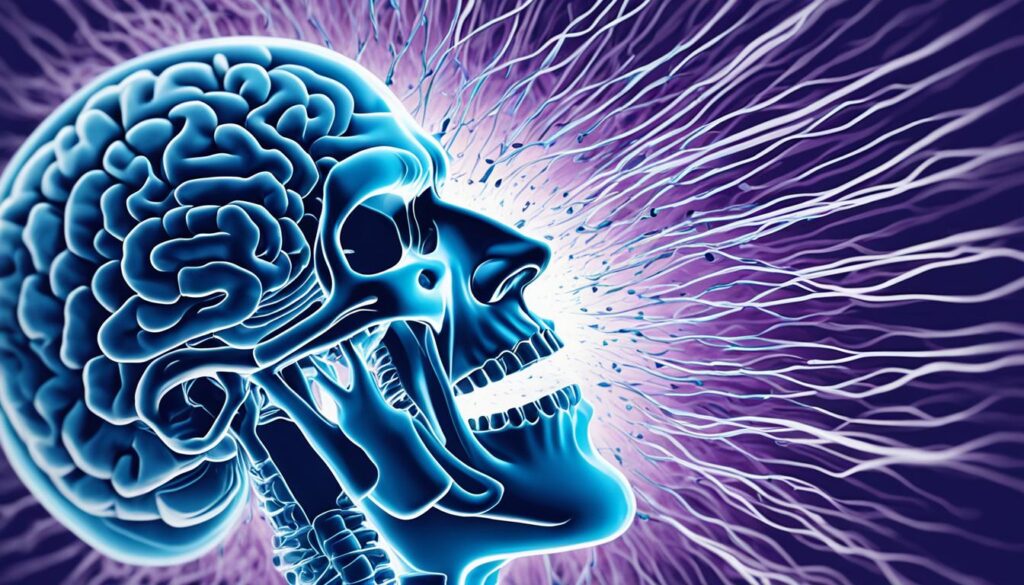
In addition to the brainstem aura symptoms, other typical migraine symptoms such as throbbing headache, sensitivity to light and sound, and nausea may also be present.
Basilar Type Migraine Diagnostic Criteria
Understanding the official basilar type migraine diagnostic criteria is key to getting the right treatment. These criteria are set by the ICHD-3 to help doctors correctly diagnose this migraine type.
Official ICHD-3 Criteria Explained Simply
Let’s make the medical language simple. Here’s how ICHD-3 defines basilar type migraine diagnostic criteria:
- The person must have at least two symptoms that start from the brainstem (like vertigo, slurred speech, ringing in ears).
- The aura symptoms should last between 5 and 60 minutes.
- The aura should not involve muscle weakness.
- The aura should develop slowly, building over a few minutes.
Doctors look for these points before saying, “Yes, this is a basilar-type migraine.”
Read: Migraine Medicine: What a patient should know
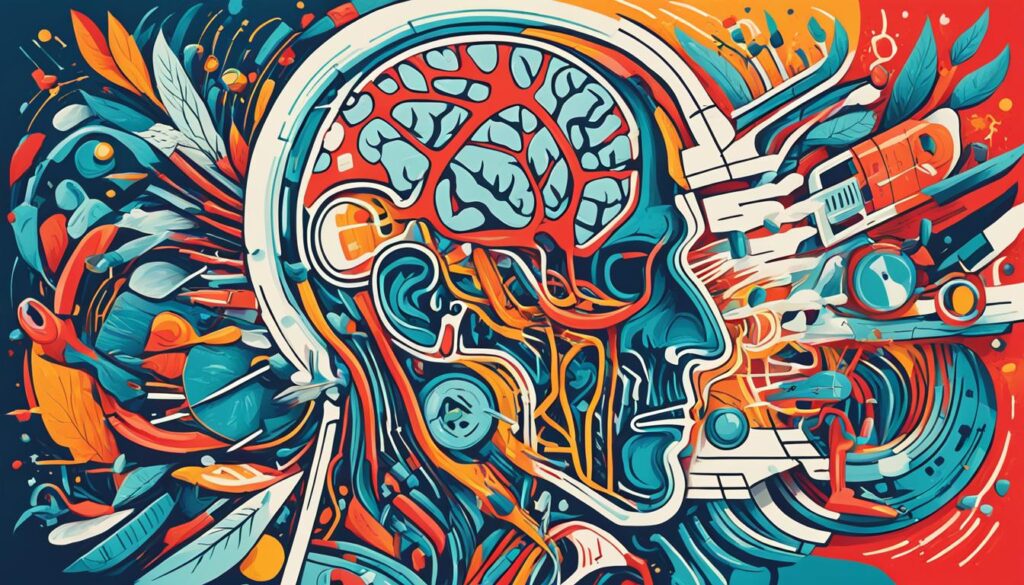
How Neurologists Diagnose Basilar-Type Migraines?
Diagnosing basilar type migraine diagnostic criteria takes experience. Here’s what neurologists like Dr. Chandril Chugh do:
- Ask for a detailed symptom timeline — what happened, when, how long it lasted
- Review the patient’s family and personal history of migraines
- Order MRI or CT scans to rule out more serious causes (like stroke, tumors, AVMs)
- Perform a neurological exam to check balance, speech, and coordination
Dr. Chugh says, “A proper diagnosis prevents unnecessary panic and gives patients a path to manage their symptoms.”
Read: Migraine Specialist In Patna

Treatment and Management Options
The treatment and management of basilar type migraine involve both acute symptom relief during migraine attacks and preventative measures to reduce the frequency and severity of future episodes.
Acute Treatment
During a basilar type migraine attack, prompt relief of symptoms is essential. Acute treatment options include:
- Nonsteroidal anti-inflammatory drugs (NSAIDs): These medications, such as ibuprofen or naproxen sodium, can help alleviate pain and inflammation associated with migraines.
- Anti-emetics: Medications like metoclopramide or ondansetron can be used to reduce nausea and vomiting.
- Migraine-specific abortive therapies: These include medications like sumatriptan or rizatriptan, which target specific pathways involved in migraine attacks.
It is important to note that triptans and ergotamines have traditionally been avoided for basilar type migraine due to concerns about potential risks. Consult with your healthcare provider to determine the most appropriate acute treatment for your specific condition.
Preventive Therapy
Preventive therapy for basilar type migraine aims to reduce the frequency and severity of future episodes. It involves a combination of approaches:
- Identifying and modifying triggers: Keeping a headache diary can help identify triggers such as certain foods, stress, lack of sleep, or hormonal changes. By avoiding or minimizing exposure to triggers, the likelihood of migraine attacks may decrease.
- Medications: Your healthcare provider may prescribe medications to help prevent migraines, such as:
| Medication | Description |
|---|---|
| Verapamil | A calcium channel blocker that helps prevent basilar type migraine and other forms of migraine. |
| Topiramate | An antiepileptic drug that has been shown to reduce the frequency and severity of migraines. |
| Propranolol | A beta-blocker that can be effective in preventing migraines. |
Non-pharmacological therapies may also be effective as part of a comprehensive treatment plan. These include:
- Relaxation techniques: Practices such as deep breathing exercises, meditation, or yoga can help reduce stress and promote relaxation.
- Acupuncture: This traditional Chinese practice involves the insertion of thin needles into specific points on the body, which may help alleviate migraine symptoms.
- Massage: Massage therapy can help relax muscles and reduce tension, potentially easing migraine symptoms.
- Cognitive-behavioral therapy: This form of therapy focuses on identifying and changing thought patterns and behaviors that contribute to migraines.
- Biofeedback: Biofeedback techniques help individuals gain control over bodily functions such as heart rate and muscle tension, potentially reducing migraine frequency.
Read: Preventive Measures for Headaches in Summers
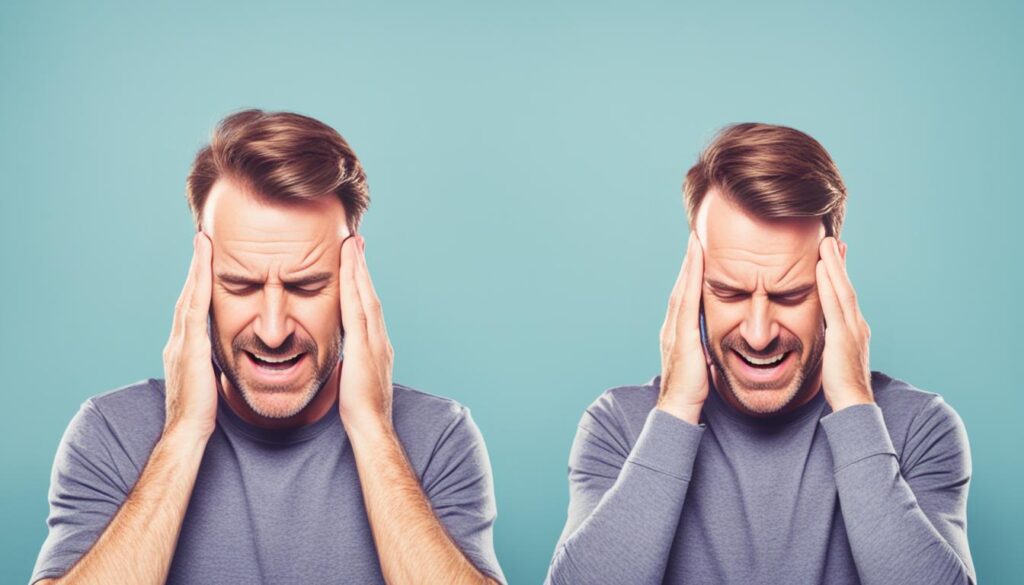
Prognosis and Complications
The prognosis for individuals with basilar type migraine varies but generally improves with age. The frequency of brainstem aura symptoms typically decreases over time, and the condition often evolves into more typical forms of migraine. While basilar type migraine is associated with more severe and longer-lasting symptoms compared to other types of migraine, it is generally non-life-threatening.
However, individuals with basilar type migraine may have a slightly higher risk of stroke compared to migraine without aura. Smoking and the use of estrogen contraceptives further increase the risk of stroke in individuals with migraines, so risk factor modification is essential.
To summarize:
- The prognosis for basilar type migraine generally improves with age
- Frequency of brainstem aura symptoms decreases over time
- Basilar type migraine is generally non-life-threatening
- Individuals with basilar type migraine have a slightly higher risk of stroke
- Smoking and estrogen contraceptives increase the risk of stroke in individuals with migraines
Comparison of Risk Factors for Stroke in Basilar Type Migraine
| Risk Factors | Basilar Type Migraine | Migraine Without Aura |
|---|---|---|
| Increased risk of stroke | ✓ | |
| Smoking | ✓ | |
| Estrogen contraceptive use | ✓ |

Understanding the prognosis and potential complications of basilar type migraine is crucial for effective management and risk reduction. While the condition is generally non-life-threatening, the increased risk of stroke emphasizes the importance of risk factor modification, particularly in individuals who smoke or use estrogen contraceptives. By addressing these factors and working closely with healthcare professionals, individuals with basilar type migraine can better manage their condition and reduce the risk of potential complications.
Basilar-Type Migraine in Children and Teens
Kids get migraines too, and basilar-type ones are often missed in teens.
Young girls, especially during puberty, might experience these symptoms but get wrongly diagnosed with anxiety or even epilepsy.
Parents should look for signs like:
- Poor balance
- Slurred speech
- Trouble seeing
- Complaints of dizziness before school
These can hurt school performance and social confidence. Talk to a specialist early.
Dr. Chandril Chugh’s Closing Advice on Migraine Diagnosis
Migraines that affect the brainstem are serious but manageable. Don’t ignore symptoms that feel like more than “just a headache.” Diagnosing basilar type migraine diagnostic criteria early can stop confusion, fear, and misdiagnosis.
If you or your child is having unusual migraine symptoms, speak with a neurologist who understands the difference. Dr. Chandril Chugh, a US-trained, board-certified neurologist, offers expert care and treatment plans tailored to each patient.
Book a consultation with Dr. Chugh and start your migraine recovery plan.
FAQ
What is basilar type migraine?
Basilar type migraine, also known as migraine with brainstem aura, is a subtype of migraine with aura that presents with symptoms originating from the brainstem or both cerebral hemispheres.
What are the symptoms of basilar type migraine?
The symptoms of basilar type migraine include brainstem aura symptoms such as vertigo, dysarthria, diplopia, ataxia, tinnitus, impaired hearing, lack of coordination, confusion, and sometimes loss of consciousness.
How is basilar type migraine diagnosed?
Basilar type migraine is diagnosed based on specific criteria outlined in the International Classification of Headache Disorders. The criteria include the presence of two or more attacks that fulfill specific aura symptoms followed by a migraine without aura or occurring within one hour of a migraine without aura.
What are the treatment options for basilar type migraine?
Treatment options for basilar type migraine include acute symptom relief during migraine attacks using nonsteroidal anti-inflammatory drugs (NSAIDs), anti-emetics, and migraine-specific abortive therapies. Preventive therapy may involve identifying and modifying triggers, keeping a headache diary, and considering medications such as verapamil, topiramate, or propranolol. Non-pharmacological therapies like relaxation techniques, acupuncture, massage, cognitive-behavioral therapy, and biofeedback may also be helpful in preventing migraine attacks.
What is the prognosis for individuals with basilar type migraine?
The prognosis for individuals with basilar type migraine varies but generally improves with age. The frequency of brainstem aura symptoms typically decreases over time, and the condition often evolves into more typical forms of migraine. While basilar type migraine is generally non-life-threatening, individuals may have a slightly higher risk of stroke compared to migraine without aura.
Source Links
About The Author

This article is medically reviewed by Dr. Chandril Chugh, Board-Certified Neurologist, providing expert insights and reliable health information.
Dr. Chandril Chugh is a U.S.-trained neurologist with over a decade of experience. Known for his compassionate care, he specializes in treating neurological conditions such as migraines, epilepsy, and Parkinson’s disease. Dr. Chugh is highly regarded for his patient-centered approach and dedication to providing personalized care.
→ Book a consultation to discover which remedies suit your needs best.


